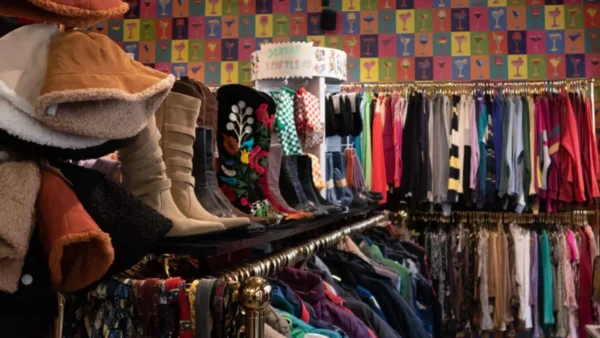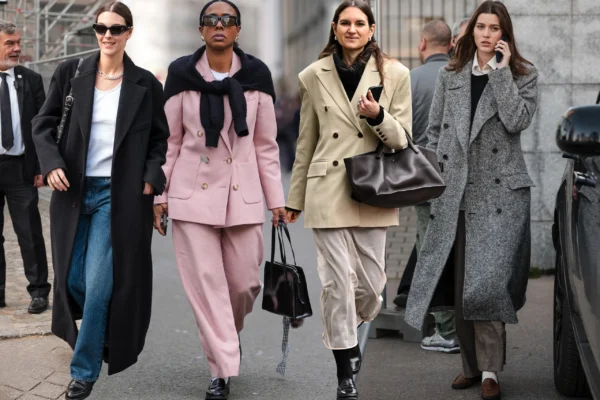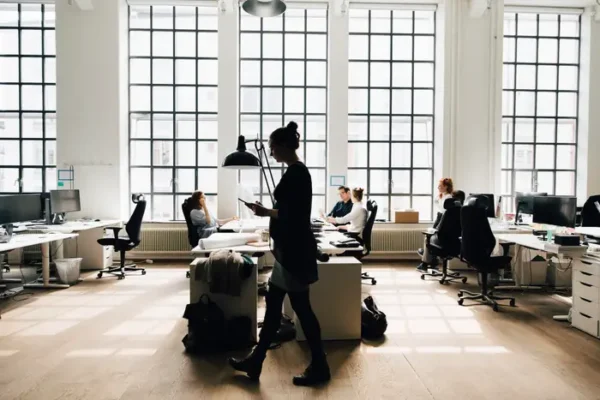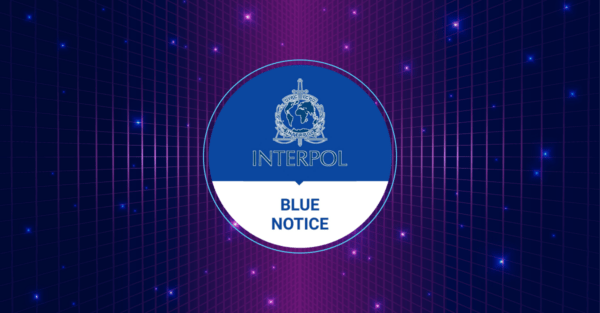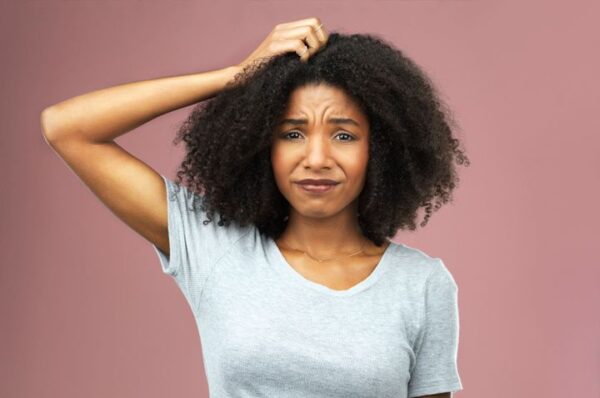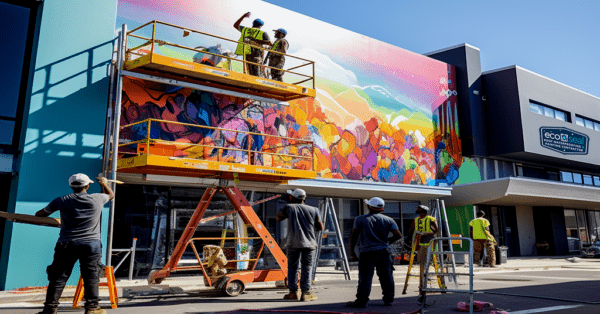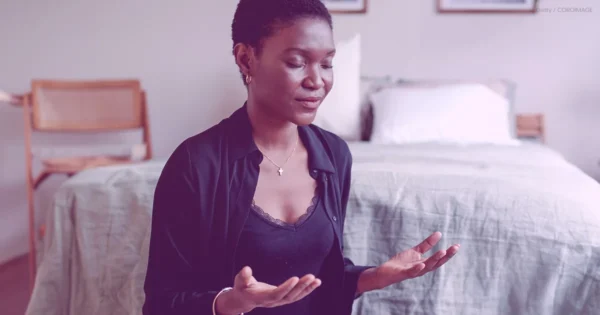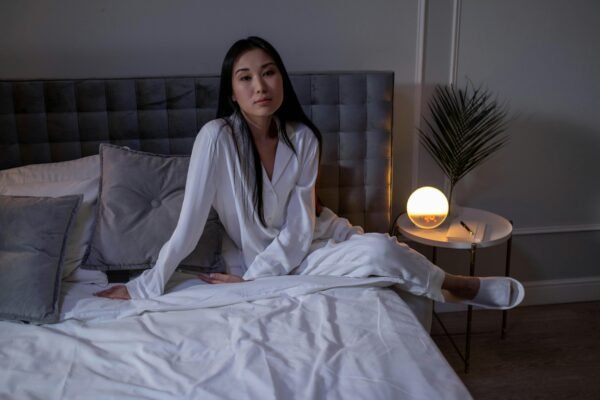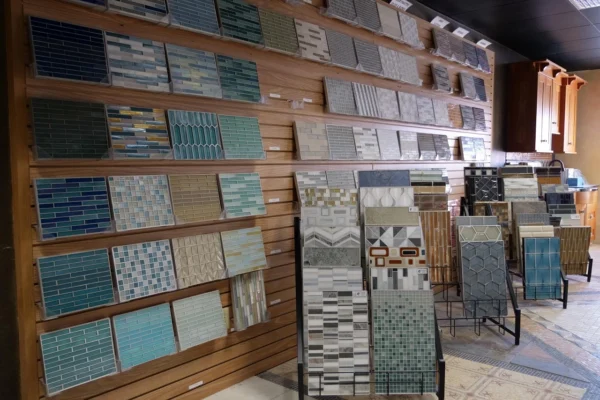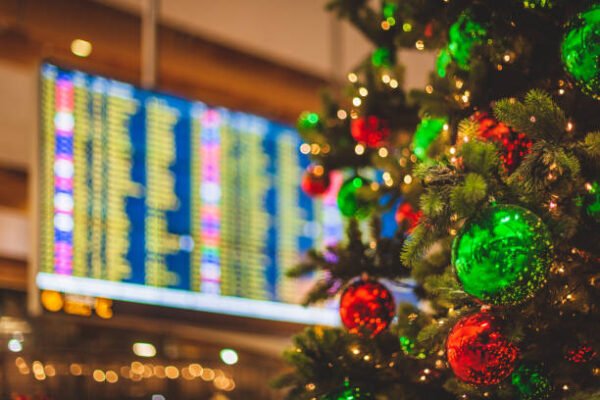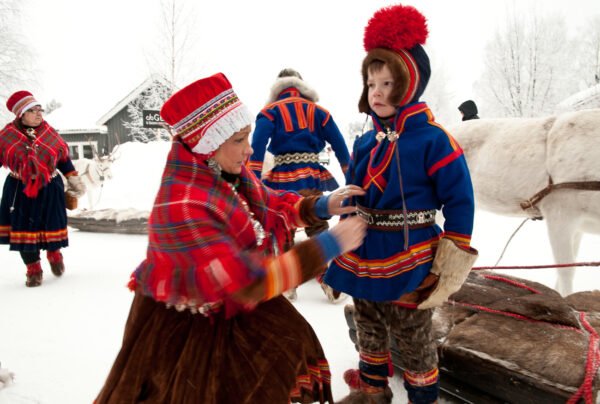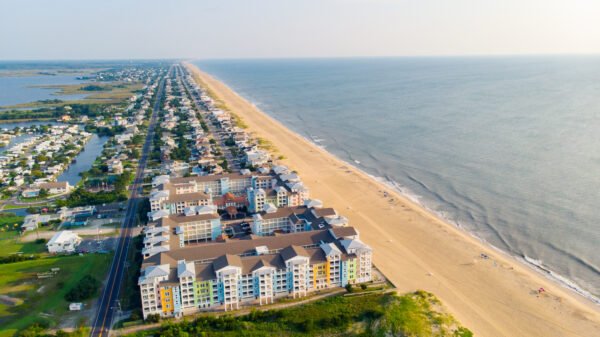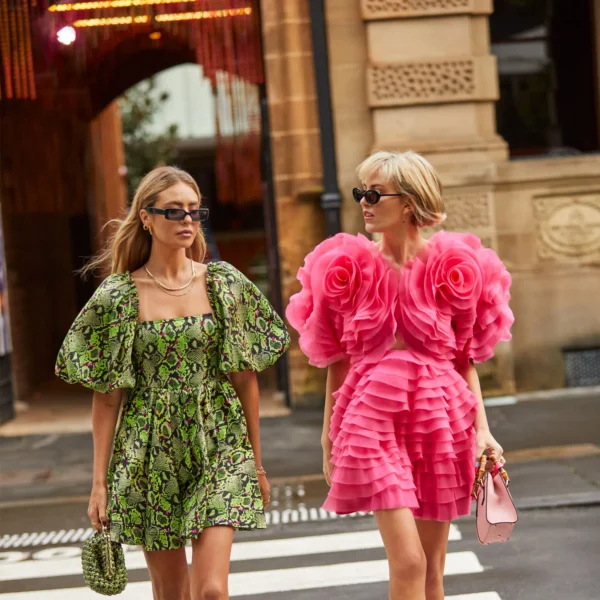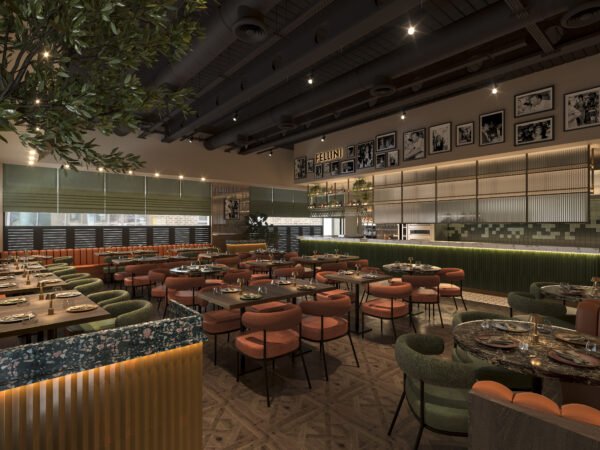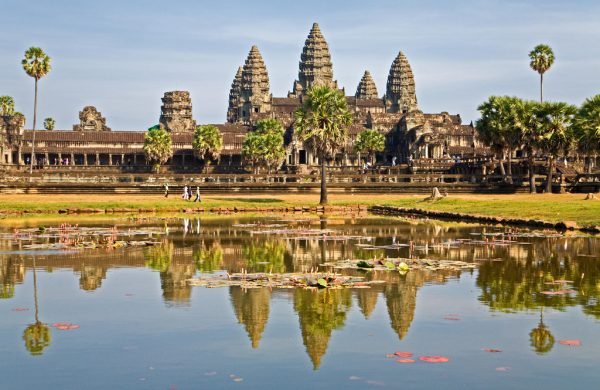
Travellers Guide to Coffee in South East Asia
When you think of coffee, aside from thinking about declaring your unwavering love for the cup of joy in your hands and wondering if you can in fact marry it so you can remain side by side happily ever after, do you ever consider its origins?
South East Asia probably isn’t the first destination to spring to mind when you think about where your coffee came from. You might think of Columbia or Brazil, rightly so as Brazil is the largest exporter of coffee in the world. Considering the Italian’s invented the Espresso and we still now order our coffee using the Italian pronunciation like Cappuccino, Latte’s or Macchiatos, it’s easy to forget that coffee was originally native to Africa. Today coffee plants are now grown in over 70 countries, mainly the Americas, South East Asia, India and Africa. Yes, we are global coffee addicts.
So when you’re enjoying your first or third (let’s face it) coffee of the day you’re bound to be sharing it with millions of others in more exotic parts of the world. But as Keurig tells us, South East Asia has been drinking it since the 17th century and each individual country has a different way of drinking theirs and we’re not just talking extra sugar…
Thailand
If you’ve ever travelled around Thailand you’ll know you don’t come off the sweltering beach parched and ready for a hot coffee. And that goes for most South East Asian countries. Luckily then, there is a strong cold brew coffee scene in Chiang Mai. There are hundreds of coffee shops in this city, and this doesn’t include the street stalls that dish out delicious Thai-style coffee. Even though most Thai’s still drink tea mixed with condensed milk, areas around Northern Thailand have been producing great coffee for the last 20 years and over the last decade coffee has started to take hold.
Cambodia
Cambodian’s like their coffee strong and rich. Whilst you might be thinking, what coffee lover doesn’t?! Their process might be enough to separate the amateur coffee drinkers from the die-hards. Cambodians traditionally prepare coffee by roasting the coffee until it is nearly black, mainly by using vegetable fat. Once the coffee beans have been roasted they are ground up, and this fine powder is used to brew a very rich and dark cup of coffee. Mostly, the coffee is brewed using a cloth or sock-like sieve. The tradition of coffee growing in Cambodia started with the French colonialists in the 1700s.
Vietnam
Because Vietnam is famous for it’s pristine beaches, beautiful scenery and more to the point, exotic rice paddies, you might not know it’s the world’s second largest exporter of coffee. Just like us Britain’s, a cup of coffee every morning soon became a morning ritual after the French colonists introduced it to Vietnam. But if you think you’re jazzy by adding honey to your coffee, try adding yoghurt, eggs or fruit like the locals in Vietnam! If you’re ever travelling in Vietnam remember to learn the difference between egg and milk in Vietnamese!
Laos
Like most of South East Asia, coffee was introduced to Laos by French colonialists. It’s been a staple drink ever since and remains the country’s largest agricultural export. Some of the world’s finest coffee is grown in Southern Laos, and the coffee culture is catching on fast with western style coffee shops now sprouting up in cities and towns all over the country.
Malaysia
Malaysia is most well known for producing and exporting palm oil, rubber, sugar and tea. Although they don’t prioritize coffee, Kuala Lumpar is having a thriving impact on the country’s domestic coffee market, with it’s well educated bunch of middle class coffee lovers spearheading Malaysia’s coffee culture.
Indonesia
Noodles aren’t the only thing you’ll find being freshly made in a wok, but coffee, or kopi as they call it in Indonesia is also traditionally roasted in a wok with butter and kernels of corn, it’s then brewed in a cloth pouch which is rarely washed to keep its distinct unique flavour. This gives it sweetness and a depth of flavour unlike anywhere else in the world.
If that hasn’t made you desperate for a coffee I don’t know what will. See you at Monmouth in five.








